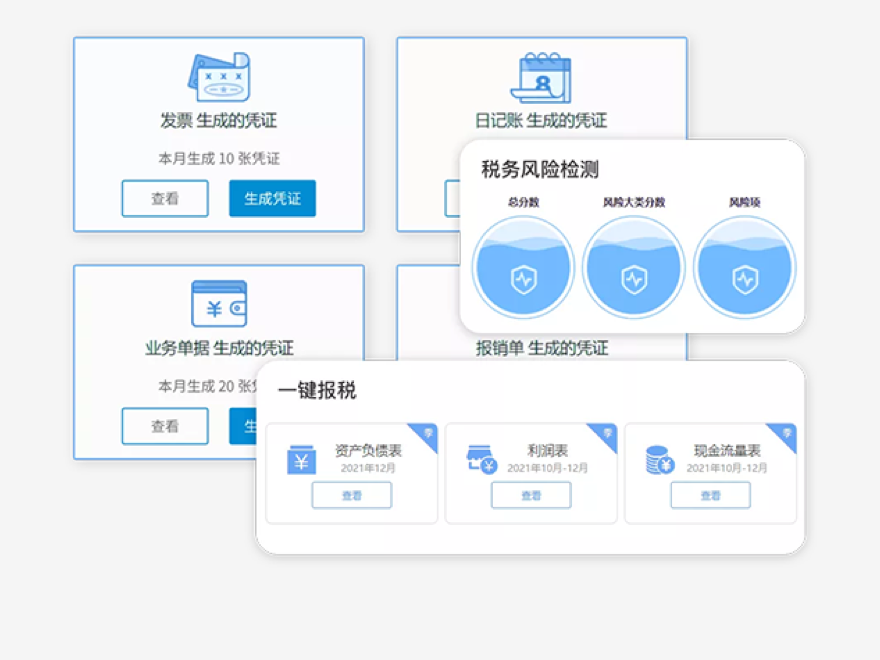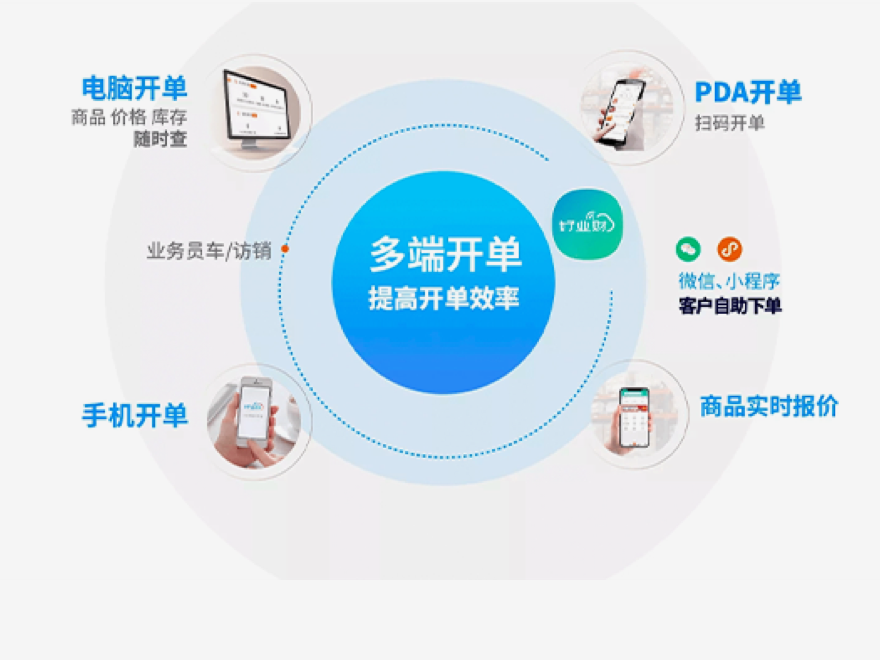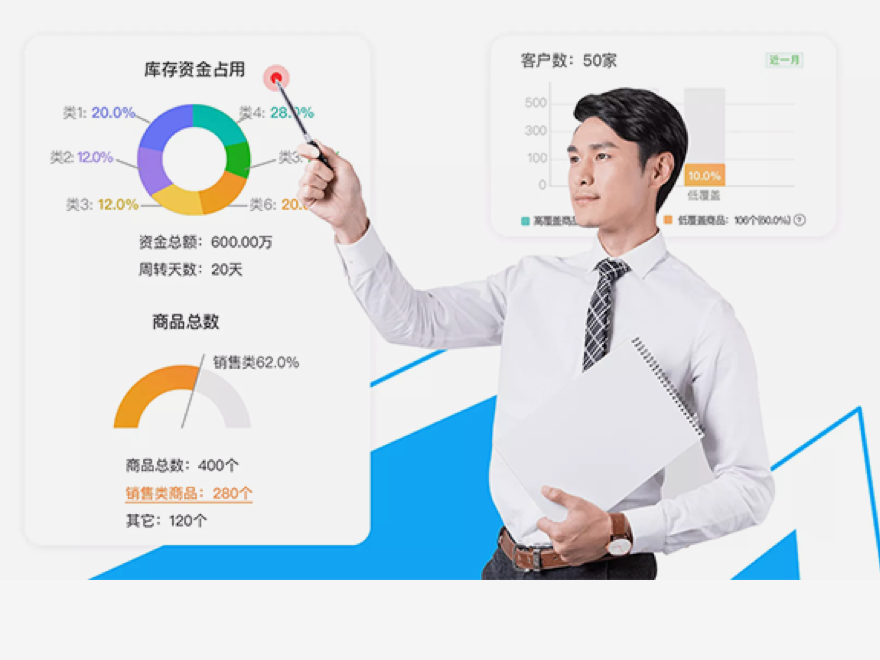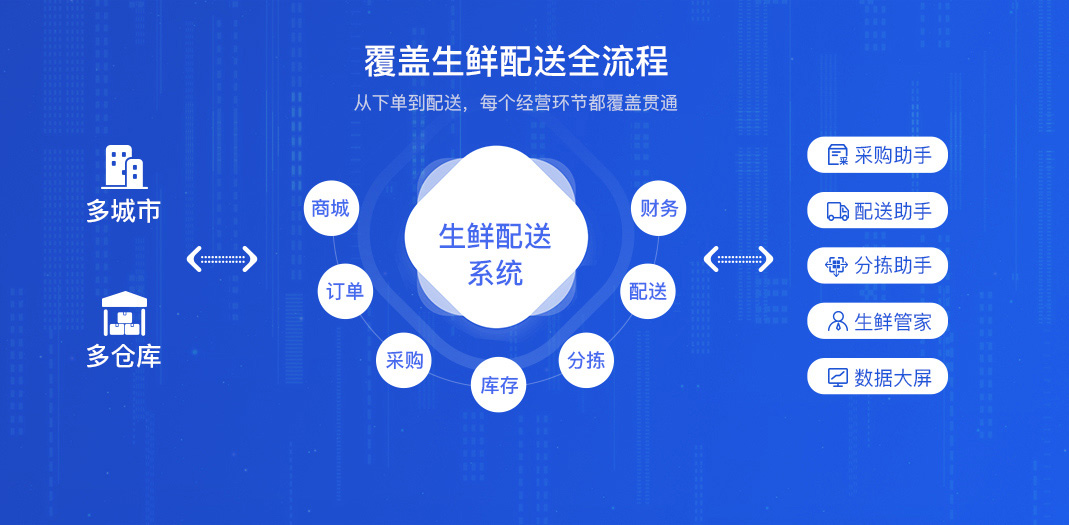软件开发英文
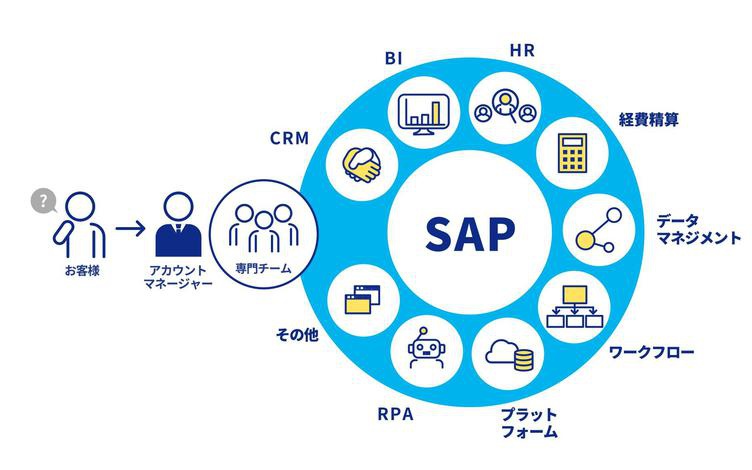 Software Development: The Engine of Digital Transformation
Software Development: The Engine of Digital Transformation
In the 21st century, software development has emerged as a cornerstone of technological progress, driving innovation across industries from healthcare to finance. As the digital era accelerates, the ability to design, build, and maintain software systems has become a critical competitive differentiator for organizations worldwide. This article explores the core principles, methodologies, and evolving trends shaping modern software development.
The Software Development Life Cycle (SDLC)
At its core, software development follows a structured process known as the Software Development Life Cycle (SDLC). This framework typically includes six phases:
1. Requirement Analysis: Collaborating with stakeholders to define functional and non-functional requirements
2. System Design: Creating architectural blueprints and selecting appropriate technologies
3. Implementation: Writing code using programming languages like Python, Java, or JavaScript
4. Testing: Conducting unit tests, integration tests, and user acceptance tests
5. Deployment: Releasing the product through cloud platforms or on-premise solutions
6. Maintenance: Providing updates and optimizing performance post-launch
Modern SDLC implementations increasingly adopt iterative approaches rather than traditional waterfall models. Agile methodologies like Scrum and Kanban have gained prominence, emphasizing incremental delivery and adaptability to changing requirements.
Paradigm Shifts in Development Practices
The software development landscape has undergone significant transformations in recent years:
1. DevOps Integration:
The fusion of development and operations teams has revolutionized deployment efficiency. Continuous Integration/Continuous Deployment (CI/CD) pipelines enable automated testing and rapid releases, with tools like Jenkins and GitLab reducing manual intervention.
2. Cloud-Native Development:
Platforms like AWS and Azure have shifted development paradigms toward microservices architectures. Containerization technologies such as Docker and orchestration systems like Kubernetes facilitate scalable, resilient applications.
3. AI-Powered Development:
Machine learning is reshaping coding practices. GitHub Copilot and Amazon CodeWhisperer demonstrate how AI assists in code generation, while automated testing tools leverage predictive analytics to identify potential bugs.
4. Low-Code/No-Code Platforms:
Tools like OutSystems empower non-technical users to build applications through visual interfaces, democratizing software creation while posing new challenges for professional developers.
Emerging Technologies and Challenges
As technology advances, developers face both opportunities and complexities:
– Quantum Computing: Requires new programming models and algorithms
– Edge Computing: Demands optimization for distributed systems with latency constraints
– Cybersecurity: Necessitates security-by-design approaches in response to sophisticated threats
– Ethical AI: Calls for frameworks addressing algorithmic bias and data privacy
The global developer community continues to grow, with Stack Overflow’s 2023 survey reporting over 26 million professional developers worldwide. However, talent shortages persist, particularly in specialized fields like cybersecurity and blockchain development.
Future Directions
Several trends are poised to redefine software engineering:
1. AI-Driven Development Ecosystems:
Future IDEs may feature real-time collaboration with AI agents that suggest architectural improvements and optimize resource allocation.
2. Self-Healing Systems:
Applications capable of auto-debugging using reinforcement learning models could reduce downtime and maintenance costs.
3. Sustainable Coding Practices:
Energy-efficient algorithms and carbon-aware deployment strategies will gain importance as environmental concerns intensify.
4. Extended Reality (XR) Development:
As metaverse concepts mature, demand for spatial computing skills and 3D engine expertise will surge.
Conclusion
Software development remains a dynamic discipline at the heart of digital innovation. While technical skills in programming and system design form its foundation, modern developers must also cultivate cross-functional competencies in data literacy, ethical decision-making, and collaborative problem-solving. As organizations increasingly rely on software to deliver value, the role of developers will continue to evolve from code writers to strategic architects of digital transformation. By embracing continuous learning and adaptive methodologies, the software development community can navigate technological disruptions while shaping a more connected, intelligent future.
点击右侧按钮,了解更多行业解决方案。
相关推荐
软件开发英文缩写
软件开发英文缩写

软件开发中的关键英文缩写解析
在软件开发领域,英文缩写(Acronyms)广泛应用于技术文档、流程管理和工具命名中。掌握这些术语不仅能提升沟通效率,还能深入理解行业规范。本文将对软件开发中的核心缩写进行分类解析。
一、开发流程与方法论
1. SDLC(Software Development Life Cycle)
软件开发生命周期,涵盖需求分析、设计、编码、测试、部署和维护六大阶段。
2. Agile(敏捷开发)
一种以迭代和用户反馈为核心的开发方法,强调快速响应需求变化。
3. CI/CD(Continuous Integration/Continuous Delivery)
持续集成与持续交付,通过自动化工具实现代码频繁集成和快速发布。
4. DevOps(Development + Operations)
开发与运维协同合作的文化,旨在缩短开发周期并提高部署频率。
二、编程概念与架构
1. OOP(Object-Oriented Programming)
面向对象编程,核心包括封装、继承和多态,如Java和Python均支持OOP。
2. MVC(Model-View-Controller)
模型-视图-控制器架构,分离数据、界面和逻辑,常见于Web框架(如Django)。
3. REST(Representational State Transfer)
一种基于HTTP的API设计风格,强调无状态和资源化交互。
4. TDD(Test-Driven Development)
测试驱动开发,主张先写测试用例再编写功能代码。
三、工具与技术
1. IDE(Integrated Development Environment)
集成开发环境,如Visual Studio和IntelliJ IDEA,提供代码编辑、调试等功能。
2. API(Application Programming Interface)
应用程序接口,允许不同系统间交互,例如Google Maps API。
3. SQL(Structured Query Language)
结构化查询语言,用于操作关系型数据库(如MySQL)。
4. NoSQL(Not Only SQL)
非关系型数据库,适用于大数据和灵活数据结构,如MongoDB。
四、协议与安全
1. HTTP/HTTPS(HyperText Transfer Protocol/Secure)
网页数据传输协议,HTTPS通过SSL/TLS加密保障安全性。
2. SSL/TLS(Secure Sockets Layer/Transport Layer Security)
加密协议,用于保护网络通信(如在线支付)。
3. SSH(Secure Shell)
安全远程登录协议,广泛用于服务器管理。
五、云计算与部署
1. IaaS/PaaS/SaaS
云计算服务模型:基础设施即服务(如AWS)、平台即服务(如Heroku)、软件即服务(如Gmail)。
2. FaaS(Function as a Service)
函数即服务,无服务器架构,例如AWS Lambda。
六、质量保障与测试
1. QA/QC(Quality Assurance/Quality Control)
QA确保流程合规,QC侧重产品检测。
2. UAT(User Acceptance Testing)
用户验收测试,验证系统是否符合需求。
七、用户体验与设计
1. UI/UX(User Interface/User Experience)
UI关注界面设计,UX侧重用户使用体验。
2. MVP(Minimum Viable Product)
最小可行产品,快速验证市场需求的原型。
八、新兴技术趋势
1. AI/ML(Artificial Intelligence/Machine Learning)
人工智能与机器学习,如TensorFlow框架。
2. IoT(Internet of Things)
物联网,连接物理设备与互联网(如智能家居)。
总结
上述缩写构成了软件开发的核心知识体系。无论是流程管理(如Agile)、技术实践(如RESTful API),还是新兴领域(如AI),理解这些术语有助于开发者高效协作并紧跟技术趋势。建议结合实践项目深化记忆,以提升综合开发能力。
(全文约850字)
点击右侧按钮,了解更多行业解决方案。
软件开发英文怎么说
软件开发英文怎么说
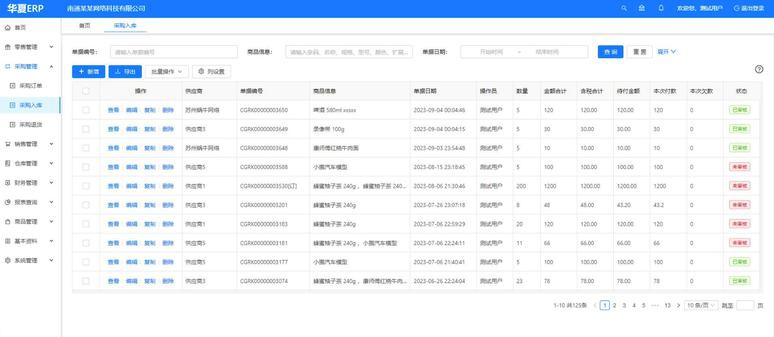
The English translation for "软件开发" is "software development". Below is a detailed 800-word explanation of the concept and related aspects:
What is Software Development?
Software development refers to the process of designing, coding, testing, deploying, and maintaining software applications, frameworks, or systems. It involves a structured approach to creating functional and efficient solutions that address specific user needs or business requirements. The term encompasses both technical and creative aspects, combining programming skills, problem-solving, and collaboration.
Key Stages of Software Development
1. Requirement Analysis
Developers work with stakeholders to define goals, features, and constraints. Tools like user stories or UML diagrams may be used.
2. Design
Architects create system blueprints, including databases, interfaces, and workflows. Common models include MVC (Model-View-Controller).
3. Implementation (Coding)
Programmers write code using languages like Python, Java, or JavaScript. Version control tools like Git ensure collaboration.
4. Testing
QA engineers validate functionality through unit tests, integration tests, and user acceptance testing (UAT).
5. Deployment
The software is released to production environments, often using CI/CD pipelines for automation.
6. Maintenance
Updates, bug fixes, and performance optimizations are performed post-launch.
Software Development Methodologies
- Waterfall: A linear, sequential approach suitable for well-defined projects.
- Agile: Iterative cycles (sprints) emphasizing flexibility and user feedback.
- DevOps: Combines development and operations for faster delivery and automation.
- Scrum: An Agile framework with roles like Scrum Master and Product Owner.
Types of Software Development
1. Frontend Development
Focuses on user interfaces (UI/UX) using HTML/CSS/JavaScript.
2. Backend Development
Manages server-side logic, databases, and APIs with languages like Python or Ruby.
3. Full-Stack Development
Combines frontend and backend expertise.
4. Mobile Development
Builds iOS/Android apps using Swift, Kotlin, or cross-platform tools like Flutter.
5. Embedded Systems
Develops software for hardware devices (e.g., IoT).
Essential Tools and Technologies
- Programming Languages: Python, Java, C, JavaScript, etc.
- Frameworks: React (frontend), Django (backend), TensorFlow (AI).
- Databases: MySQL, MongoDB, PostgreSQL.
- Cloud Platforms: AWS, Azure, Google Cloud.
- Collaboration Tools: Jira, Slack, GitHub.
Challenges in Software Development
1. Changing Requirements: Agile methods help adapt to evolving needs.
2. Security Risks: Regular audits and encryption mitigate vulnerabilities.
3. Scalability: Designing systems to handle growth in users or data.
4. Cross-Platform Compatibility: Ensuring apps work on multiple devices/OS.
5. Team Coordination: Remote work tools and clear communication protocols.
Industry Trends (2023)
- AI/ML Integration: Auto-coding tools like GitHub Copilot.
- Low-Code/No-Code Platforms: Enabling non-developers to build apps.
- Quantum Computing: Emerging frameworks for quantum software.
- Ethical Tech: Focus on privacy and sustainability.
Career Paths in Software Development
- Software Engineer: Builds scalable systems.
- DevOps Engineer: Manages deployment pipelines.
- Data Scientist: Analyzes data with Python/R.
- UX Designer: Optimizes user experiences.
- Product Manager: Oversees development lifecycle.
Terminology Expansion
- Coding: Writing instructions in a programming language.
- Programming: A subset of development focused on logic implementation.
- Software Engineering: A broader discipline including systematic practices and principles.
Conclusion
Software development is a dynamic field that blends technical expertise with innovation. From mobile apps to enterprise systems, it drives digital transformation across industries. Mastery requires continuous learning due to rapidly evolving tools and practices. Whether adopting Agile workflows or exploring AI-driven development, professionals in this field play a critical role in shaping the future of technology.
This overview covers the definition, processes, tools, challenges, and career aspects of software development, providing a comprehensive understanding of the term and its implications.
点击右侧按钮,了解更多行业解决方案。
软件开发英文翻译
软件开发英文翻译
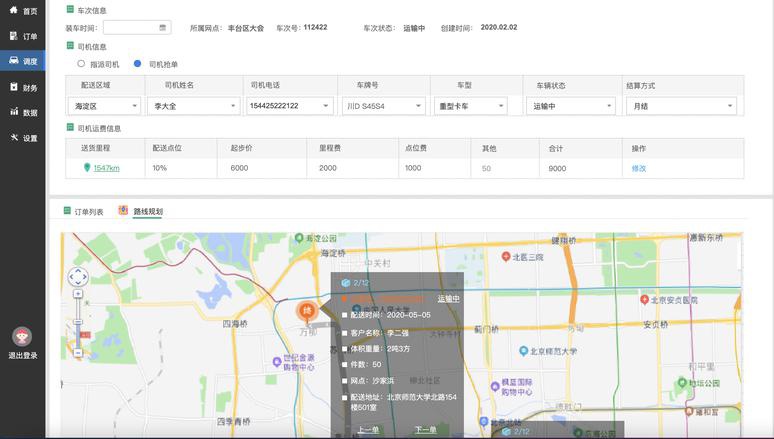
以下是一篇关于软件开发的概述性内容及其中文翻译,总字数约800字:
Software Development: Process, Methods, and Best Practices
软件开发:流程、方法与最佳实践
Software development is a systematic process of designing, coding, testing, and maintaining applications to meet specific user requirements. It combines technical expertise, collaboration, and structured methodologies to deliver functional and scalable solutions.
软件开发是一个系统化的过程,旨在通过设计、编码、测试和维护应用程序来满足用户需求。它融合了技术专长、团队协作和结构化方法,以交付功能完善且可扩展的解决方案。
1. Key Stages of Software Development
1. 软件开发的核心阶段
- Requirement Analysis
- Stakeholders define the purpose, features, and constraints of the software. Clear documentation ensures alignment between developers and clients.
- 需求分析
- 利益相关者明确软件的目标、功能与限制条件。清晰的文档确保开发团队与客户目标一致。
- Design
- Architects create system blueprints, including database structures, APIs, and user interfaces. Tools like UML diagrams are often used.
- 设计
- 架构师制定系统蓝图,包括数据库结构、API接口和用户界面设计,通常使用UML图等工具。
- Implementation (Coding)
- Developers write code using programming languages like Python, Java, or JavaScript. Version control systems (e.g., Git) manage code changes.
- 实现(编码)
- 开发者使用Python、Java或JavaScript等编程语言编写代码,并通过Git等版本控制系统管理代码变更。
- Testing
- Quality assurance teams execute unit tests, integration tests, and user acceptance tests (UAT) to identify bugs. Automation tools like Selenium improve efficiency.
- 测试
- 质量保障团队通过单元测试、集成测试和用户验收测试(UAT)发现缺陷,并利用Selenium等自动化工具提升效率。
- Deployment & Maintenance
- The software is deployed to production environments. Post-launch, updates and bug fixes are released based on user feedback.
- 部署与维护
- 软件被部署至生产环境。发布后,团队根据用户反馈持续更新和修复问题。
2. Development Methodologies
2. 开发方法论
- Agile
- Agile emphasizes iterative progress through sprints (2-4 weeks). Daily stand-up meetings and tools like Jira facilitate collaboration.
- 敏捷开发
- 通过2-4周的迭代周期(Sprint)推进项目,每日站会和Jira等工具协助团队协作。
- DevOps
- DevOps integrates development and operations teams to automate CI/CD pipelines, enabling faster releases.
- DevOps
- 通过自动化CI/CD流程(持续集成/持续交付)整合开发与运维团队,加速产品交付。
- Waterfall
- A linear approach where each stage must be completed before moving to the next. Suitable for projects with fixed requirements.
- 瀑布模型
- 线性开发模式,各阶段需按顺序完成,适用于需求明确且不变的项目。
3. Essential Tools & Technologies
3. 关键工具与技术
- Frontend Frameworks
- React, Angular, and Vue.js for building interactive user interfaces.
- 前端框架
- React、Angular和Vue.js用于构建交互式用户界面。
- Backend Technologies
- Node.js, Django, and Spring Boot for server-side logic and database management.
- 后端技术
- Node.js、Django和Spring Boot用于服务端逻辑与数据库管理。
- Cloud Platforms
- AWS, Azure, and Google Cloud provide scalable infrastructure and serverless computing.
- 云平台
- AWS、Azure和Google Cloud提供弹性基础设施与无服务器计算。
4. Challenges & Solutions
4. 挑战与解决方案
- Scope Creep
- Uncontrolled changes in requirements can delay projects. Agile’s prioritization and MVP (Minimum Viable Product) strategies mitigate this risk.
- 需求蔓延
- 需求变更失控可能导致项目延期,敏捷开发中的优先级划分和MVP(最小可行产品)策略可降低风险。
- Security Vulnerabilities
- Regular code audits and penetration testing ensure compliance with standards like OWASP.
- 安全漏洞
- 定期代码审计与渗透测试可确保符合OWASP等安全标准。
Conclusion
总结
Successful software development requires balancing technical rigor with adaptability. By adopting modern methodologies, leveraging automation, and fostering team communication, organizations can deliver high-quality software that evolves with user needs.
成功的软件开发需要在技术严谨性与灵活性之间取得平衡。通过采用现代方法论、利用自动化工具并加强团队协作,企业能够持续交付适应用户需求的高质量软件。
此翻译涵盖软件开发的核心概念,术语准确,适合技术文档或学术用途。如需调整具体内容或补充细节,请随时告知!
点击右侧按钮,了解更多行业解决方案。
免责声明
本文内容通过AI工具智能整合而成,仅供参考,e路人不对内容的真实、准确或完整作任何形式的承诺。如有任何问题或意见,您可以通过联系1224598712@qq.com进行反馈,e路人收到您的反馈后将及时答复和处理。






